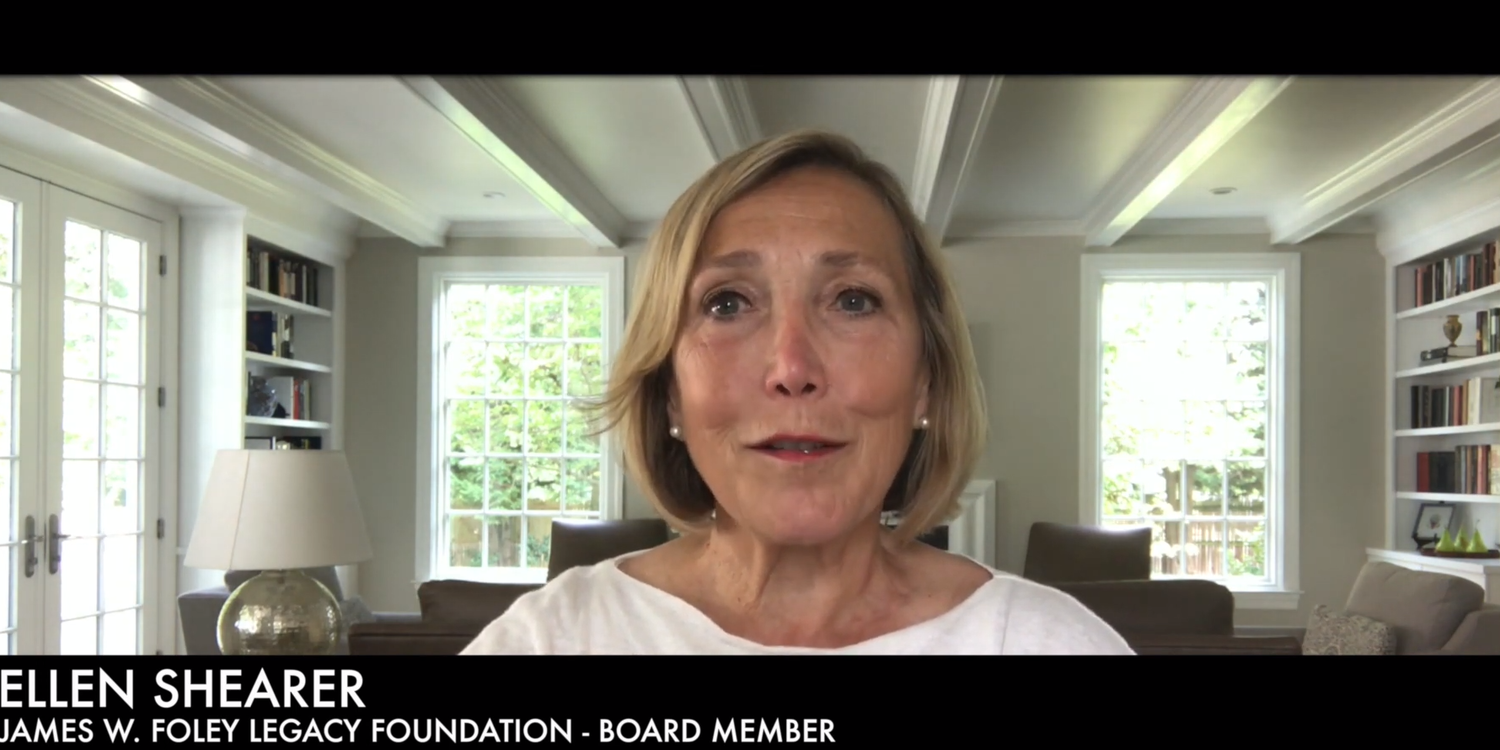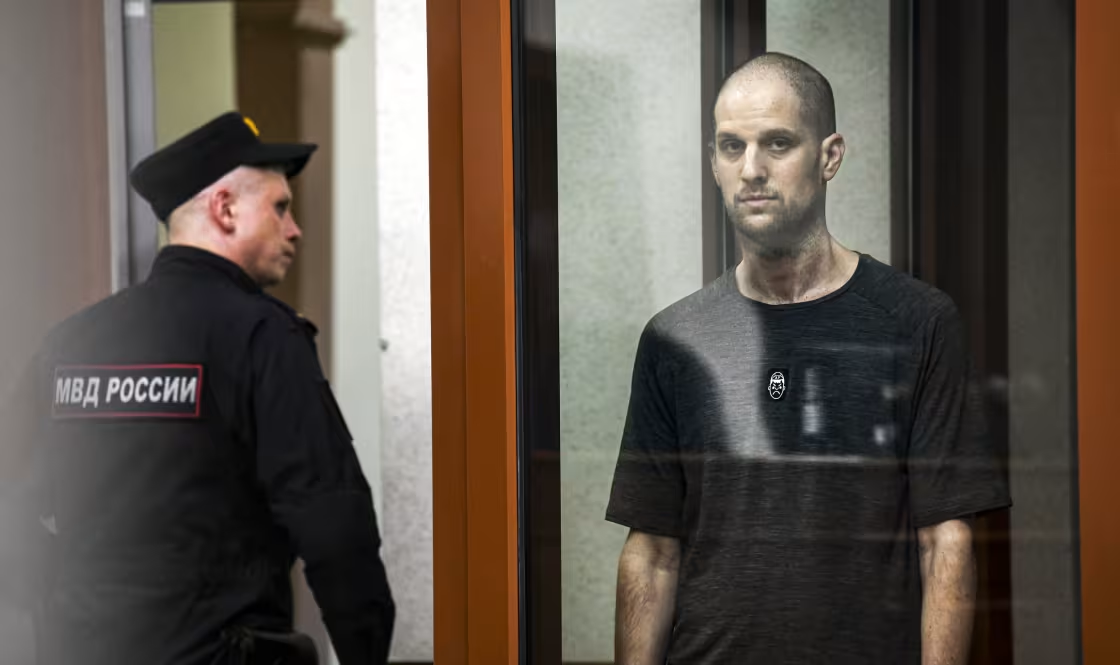By Ellen Shearer
William F. Thomas Professor of Journalism at Northwestern University’s Medill School of Journalism, Bureau Chief of Medill News Service in Washington and co-director of the Medill National Security Journalism initiative; JWFLF Board Member
On Jan. 6, several Medill School of Journalism graduate students in the school’s Washington Program headed to Freedom Plaza to cover President Donald Trump’s rally, which was expected to attract tens of thousands of supporters, while Congress at the other end of Pennsylvania Avenue was set to certify electoral votes that would confirm Joe Biden as the 46th president of the United States.
As their instructor, I had talked over with them the potential for violence and we had a reporting plan that followed Medill’s strict safety protocols, but as the violence escalated into an insurrection, the plan was tested to the extreme.
In the end, the plan worked. I believe in part that was because the students had been trained in safety procedures and had used them since September covering rallies that were peaceful, like the Nov. 7 gatherings in Washington when Biden was declared the winner of the Nov. 3 election, as well as some that were more chaotic, like some Black Lives Matters protests in which police or white supremacists became violent, but not to the level of violence we saw on Jan. 6.
The Medill School of Journalism, especially in its graduate program, wants students to practice journalism in the real world – to learn by doing. Many journalism schools send their students to cover real-world events as part of their curricula, but in past decades safety concerns had been more about avoiding high-crime areas.
But in recent times sending students to cover real-world events has meant weighing the dangers of civil unrest and violence. So sometimes we say no, there is not a plan that can reasonably ensure your safety.
However, when we say yes, it is based on strict safety training and protocols put in place to ensure that safety trumps newsgathering.
At Medill, students going to any large event are required to watch a three-hour training video we created in which experts in covering hostile environments provide the students with specific, actionable advice on best practices for safely covering large gatherings. If they have not viewed this video, they are prohibited from covering rallies, protests or other crowd events.
Then they must complete a form that asks them to develop a safety plan in consultation with their instructor and file it online. We do not allow students to cover such events solo; they must work in pairs or small groups. All members of the team must file a report. They outline their planned locations and movements as specifically as possible, whether they will have still or video cameras, their pre-determined exit routes and their safety strategy. Most importantly, they must list what they expect the risks to be — for example, exposure to COVID-19 and to protesters not wearing masks, protesters with flagpoles that can be weaponized, reports that some might be carrying mace and other dangerous sprays, that there could be clashes with police. The safety strategy then would have to include wearing proper PPE, keeping a distance from large crowds and not interviewing people who are not wearing masks, for starters. It also would include the intent to leave the area at once if anything escalates, stay on the periphery of the event, stick with a partner and monitor social media for reports of violence.
The rubric for the safety form was created by using resources from the James W. Foley Legacy Foundation’s journalist safety curricula, an organization for which I serve on the board and which is named for my former student, American freelance journalist James Wright Foley.
Because we are a journalism school, not a large news organization, we take seriously the fact that we are not working with experienced journalists, do not have safety personnel to go out with reporters nor special protective gear. We are much more likely than a news organization to say no to requests to cover events with the potential of danger because we have a different mission than news organizations in that we are educating future journalists.
So our first safety rule is: At the first sign of danger or if you have a bad feeling about the situation, get yourself out.
This worked for our reporters who followed the protesters as they headed toward the Capitol. As the thousands at the Capitol turned violent and started storming the building, our students called in for a quick assessment and we quickly all agreed they should head out of there immediately.
I’m not complacent in saying the protocols worked, I’m relieved. When a member of the mob uttered threatening words to one of the students, they reported it immediately because they knew – no argument needed – the right protocol: they turned around and left quickly, heading to their safety positions. Lesson learned.



